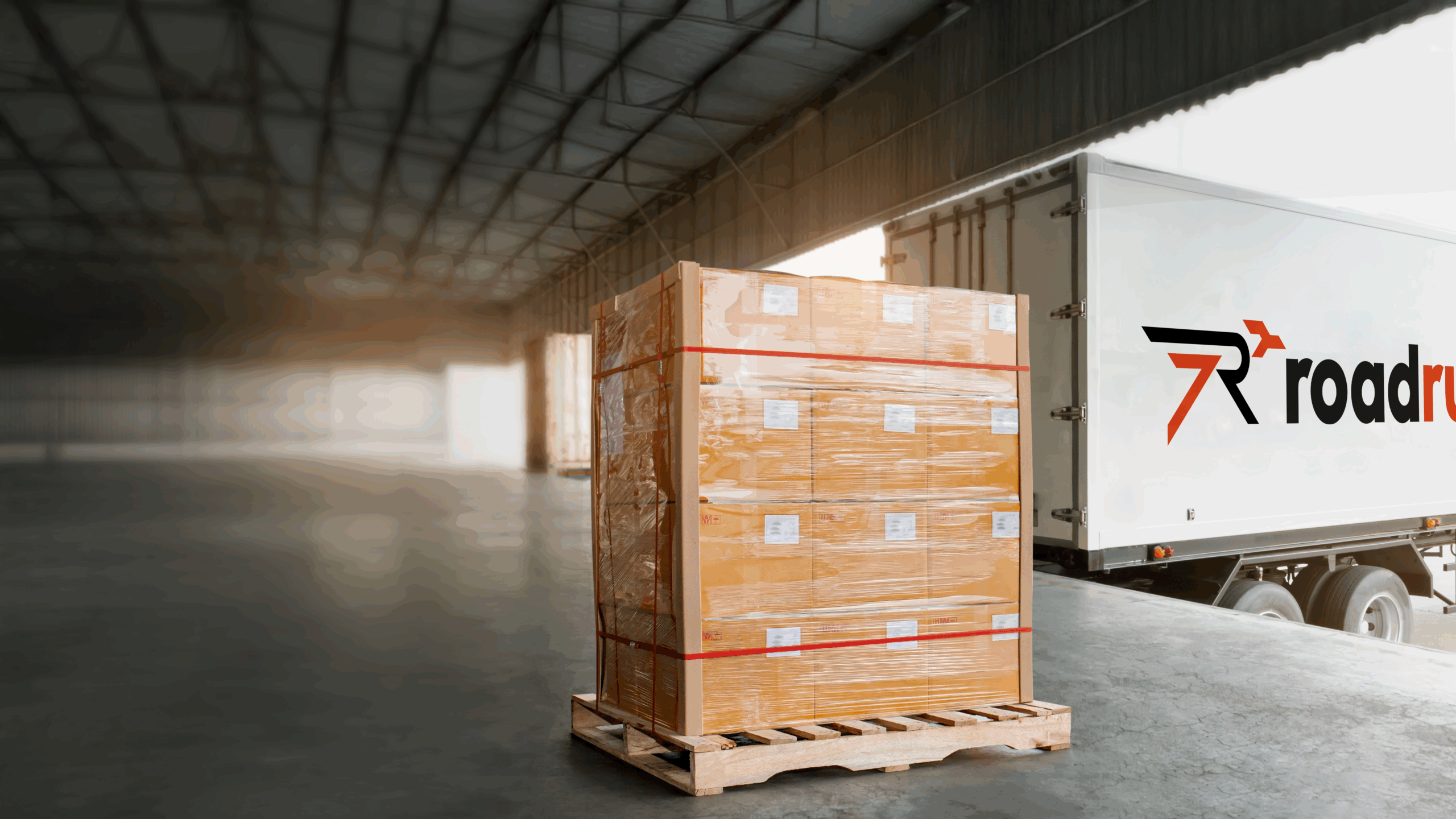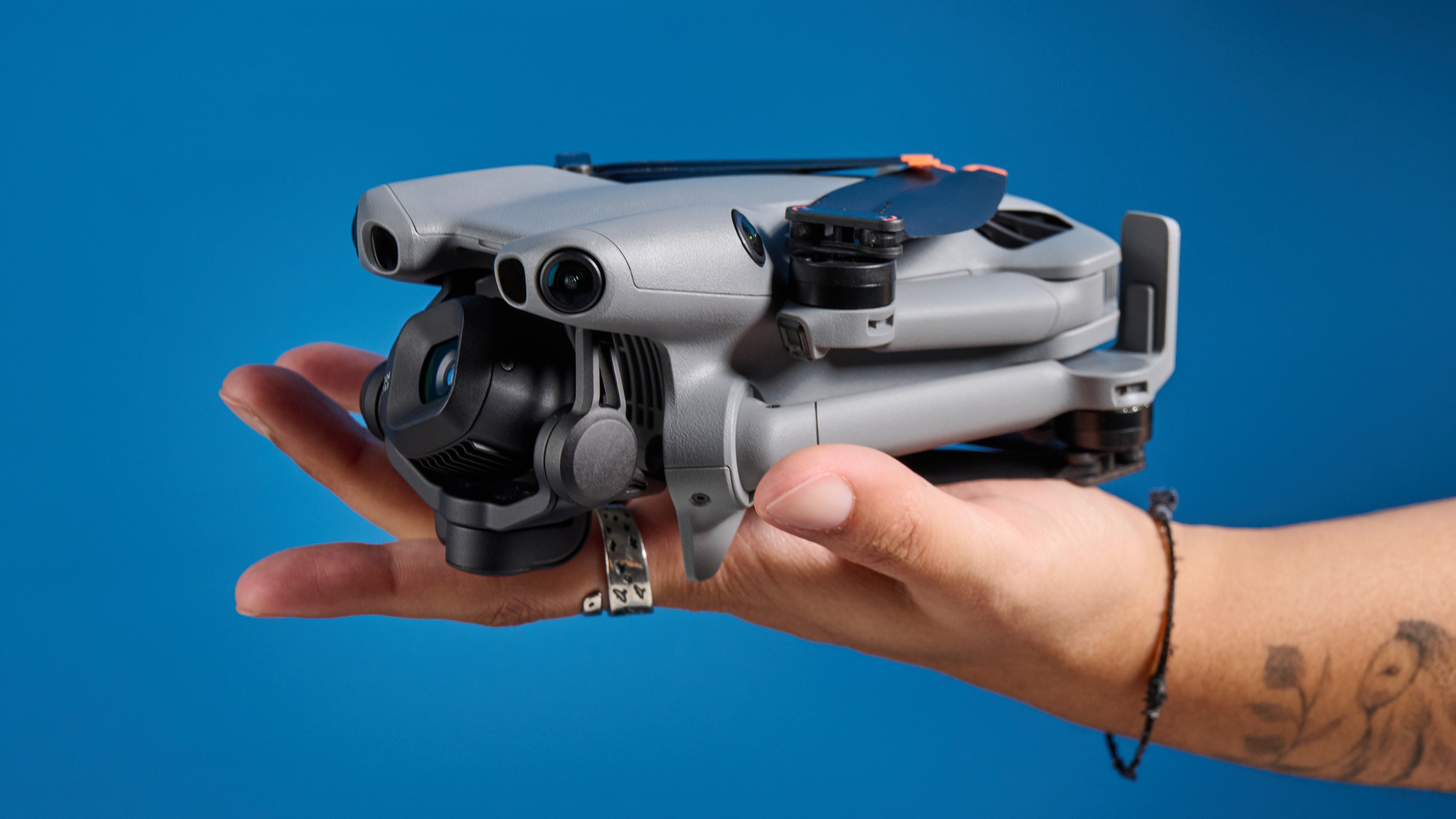
The reduction in missed pickups is the result of more than technology alone. Roadrunner combined process improvements, retraining, and upskilling with a rigorous, data-first culture. By introducing complete visibility into operations and adopting a customer point-of-view approach, the company was able to analyze performance with precision, eliminating excuses and focusing on measurable results. The introduction of a robust data governance framework further ensured accuracy, consistency, and accountability across all levels of the organization.
At the heart of the platform is an AI engine that optimizes routes using advanced operational research techniques inspired by the classic Traveling Salesman Problem. This engine incorporates real-time data, including driver availability, truck type, location, and operating hours, to efficiently manage pickups and deliveries.
While weather data currently informs Roadrunner’s linehaul visibility rather than P&D decisions, the platform provides customers and operators with accurate, real-time insights into the shipment lifecycle.
For customers, the system offers visibility and control similar to ride-sharing platforms, providing updates on driver locations, estimated pickup and delivery times, and detailed tracking through every leg of the journey. Self-service scheduling and API integration further empower shippers to manage their shipments directly, reducing reliance on phone calls and emails.
The broader objective is a fully digitized workflow that minimizes paper-based processes still prevalent in the LTL sector, streamlining operations while enhancing customer experience.
Implementing this platform required careful preparation, clear communication, and robust change management across Roadrunner’s terminals. Jamroz highlighted the critical role of the engineering team, “As someone who strongly believes in the synergy of process, people, and technology, I would like to extend special recognition to our exceptional engineering team. Their efforts in managing this intricate process were truly remarkable. They handled the complexity and magnitude of the project with such skill and finesse that our operators felt confident and empowered throughout the transition.”
As for the future and what’s coming next for Roadrunner, Jamroz said, “We are particularly excited about the vast untapped potential we see in multiple areas, including dynamic pricing strategies, enhanced customer service interactions, streamlined back-office functions, and the integration of robotic automation into our workflows.”
This won’t be the end of the line for Roadrunner and their technical improvements, it’s the new standard being set for the LTL industry.



